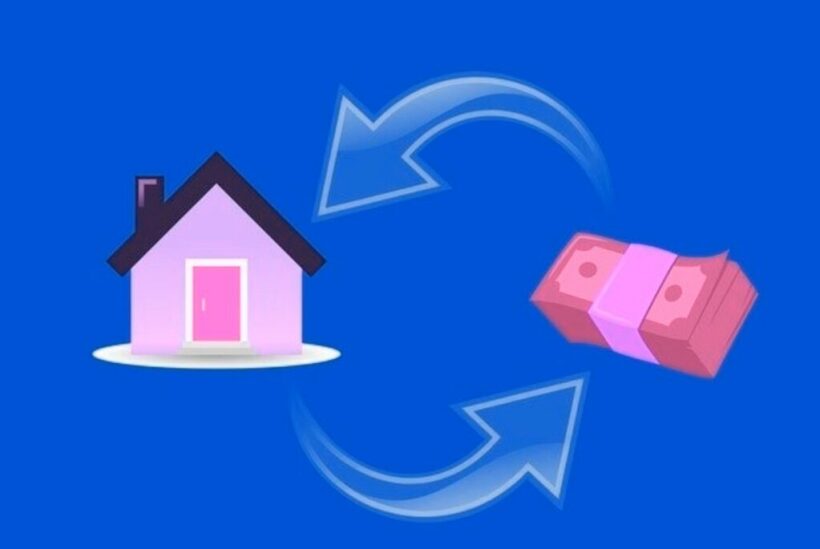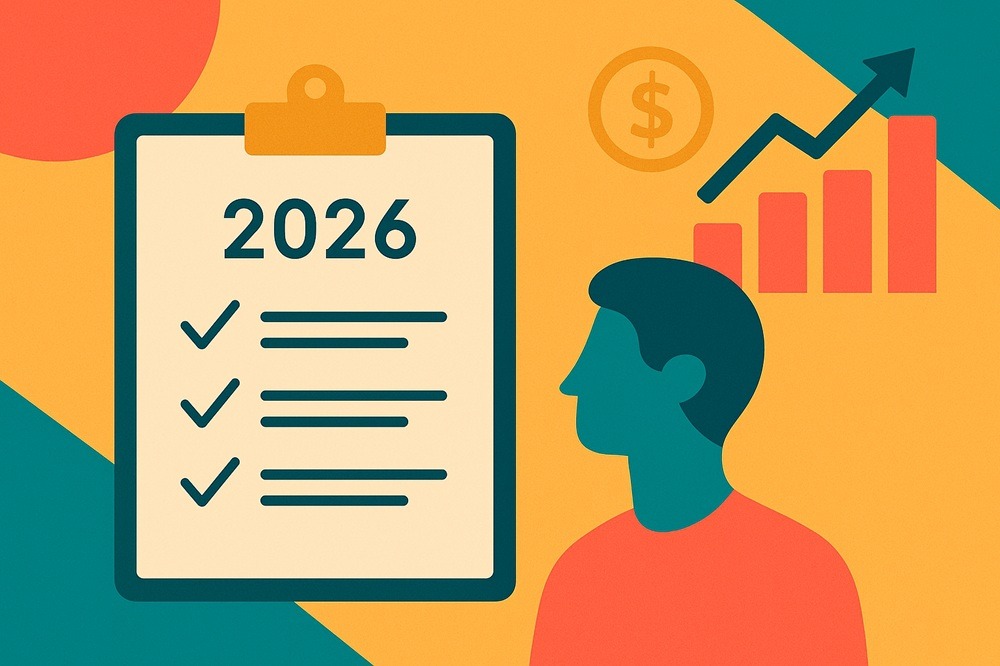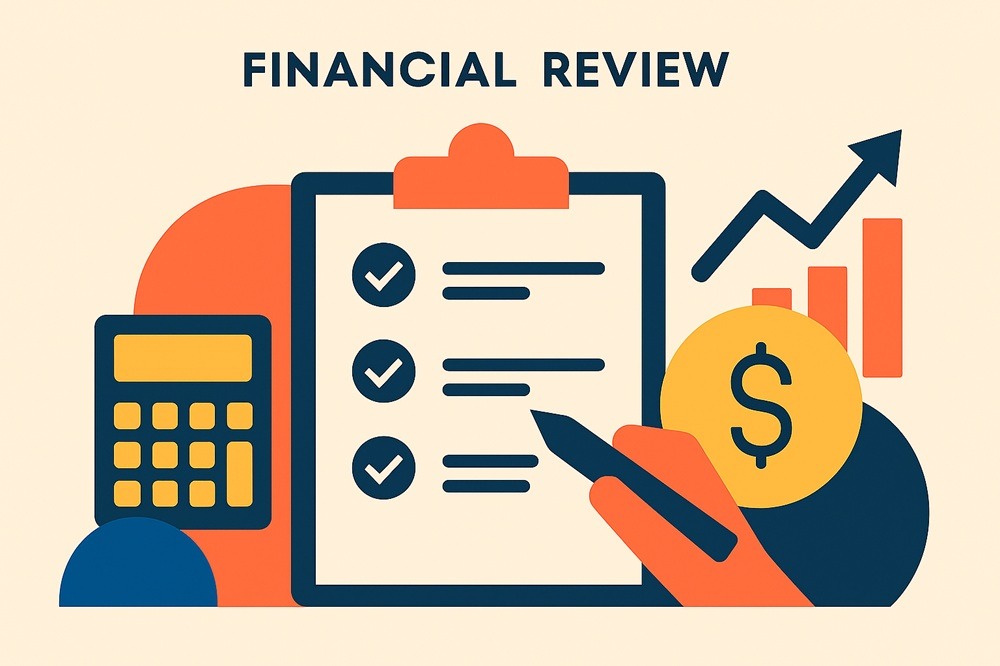Asset Rich but Cash Poor?

In recent articles we’ve explored the personal and general reasons why many Australians choose not to sell their family home as they move into and through retirement. In this article, we look at ways that make keeping a family home easier once you stop working, especially if your wealth is not cash.
One of the main reasons that a person sells a home upon or during retirement is to access some of the wealth ‘stored’ in that home. As a simple example, a person may own a home worth, say, $1,000,000 but have few other assets. Once this person stops working, and thus stops generating employment income, they need to find a new way to access cash to finance their daily living. One way is to sell the family home, buy something cheaper and use the money left over to finance spending. Unfortunately, as we saw in a recent article, costs such as stamp duty can gobble up quite a bit of this ‘left-over’ money.
An alternative way to convert some of the value of a home to cash is to borrow. Borrowing is not for everybody, and we absolutely recommend you talk to us before implementing any strategy to use debt to pay your daily living expenses. But we equally recommend that you do not dismiss the idea out of hand.
Reverse Mortgage
Colloquially, the main way to use debt in retirement is via a reverse mortgage. The term ‘reverse mortgage’ is used to describe a broad range of loan products. At least one of these products is provided by the Commonwealth Government, while others are provided by commercial lenders such as banks.
Most people are familiar with the concept of a simple mortgage, especially one used to buy a home. The borrower (you or I) saves a deposit for a home. We might save, say, 20% of the purchase price of a home. The borrower then borrows the remaining 80% (usually plus purchasing costs such as stamp duties). The loan from the lender is secured by a mortgage. The mortgage and the loan are actually two separate things, but most people combine them and refer to their home loan as ‘the mortgage.’
The borrower then makes a series of payments, usually over an extended period of up to 30 years. These payments are made periodically and have two components. The first component is the interest that accrued on the loan during that period. The second element is the remainder of the payment and this money is used to reduce the actual amount owed to the lender. Slowly at first, and then increasingly over time, the portion of the payment that is actually a repayment of the loan grows. Ultimately, the loan is fully repaid. At that point, the mortgage is discharged and the borrower owns the home ‘outright.’
To give a simple example: a person saves $100,000 of their own money, borrows $400,000 and uses the money to buy a home worth $500,000. They then make a series of payments, at the end of which they have repaid the whole $400,000 that was borrowed and the home is theirs without a mortgage.
As the name suggests, a reverse mortgage uses the debt in the other direction. Usually, with a reverse mortgage, the borrower owns the home outright when the loan commences. They then allow a lender to take a mortgage over the property. In return, the lender gives them a series of payments. The debt grows over time, with the idea being that the debt will eventually be repaid in ‘one go,’ when the home is ultimately sold. The home might be sold before or after the borrower dies, depending on the borrower’s decisions and circumstances.
Effect on Overall Wealth
A person’s wealth is usually defined as their total assets minus their total debts. When a lender makes a payment to a borrower, the borrower’s total assets increase by the amount of the payment. The borrower also takes on a debt of the same size, so that their total wealth has not yet changed: the total assets are higher but they offset by the increased debt.
If the borrower then spends that cash, their assets fall by the amount spent. The debt remains the same. In the short term, this means that their wealth has fallen by the amount that has been spent.
In the longer term, whether total wealth actually falls depends on other factors. One of these is what happens to house prices. If the value of the home rises by more than the amount borrowed, then the owner’s wealth will increase. Remember, wealth is total assets minus total debts. If assets rise faster than debts, wealth rises.
Downsizing?
Selling your home and buying a cheaper one is usually referred to as downsizing. When comparing a reverse mortgage strategy with a downsizing strategy, one needs also to think about the costs incurred through downsizing. We discussed these in our article on June 25 called "Should We Downsize Our Home?". If the reverse mortgage borrower borrows less than the cost of downsizing, then their wealth will be greater than it would be if they downsize. Consider this simple example:
A couple own a home worth $1.5 million. They have no other assets. They are contemplating selling the home and buying a cheaper one for $1 million. As we showed a few weeks ago, the total ‘changeover’ costs are likely to be around $100,000, leaving the couple with two assets: a home worth $1 million and $400,000 of cash. So, their total assets have fallen from $1.5 million to $1.4 million.
Now consider that the couple decide to remain in their house and use a reverse mortgage. They borrow $50,000 (including interest) over the next two years. At the end of the two-year period, they still own the home and they owe the lender $50,000. If the house has not changed in value, then they will have assets of $1.5 million and a debt of $50,000, leaving net assets of $1.45 million. This is more than they would have if they downsized.
And, of course, if the home has grown in value by more than $50,000 (which represents 3.3% of $1.5 million), then their net assets will have remained at least $1.5 million.
The same things can happen in the other direction, of course, if property prices fall, which is why reverse mortgages should not be entered into blithely. But they can be a useful thing for some people. You can read more about them on the ASIC Money Smart website here. You should also talk to us if you or someone you know is contemplating how to fund their retirement – a reverse mortgage is something that they may want to consider.


